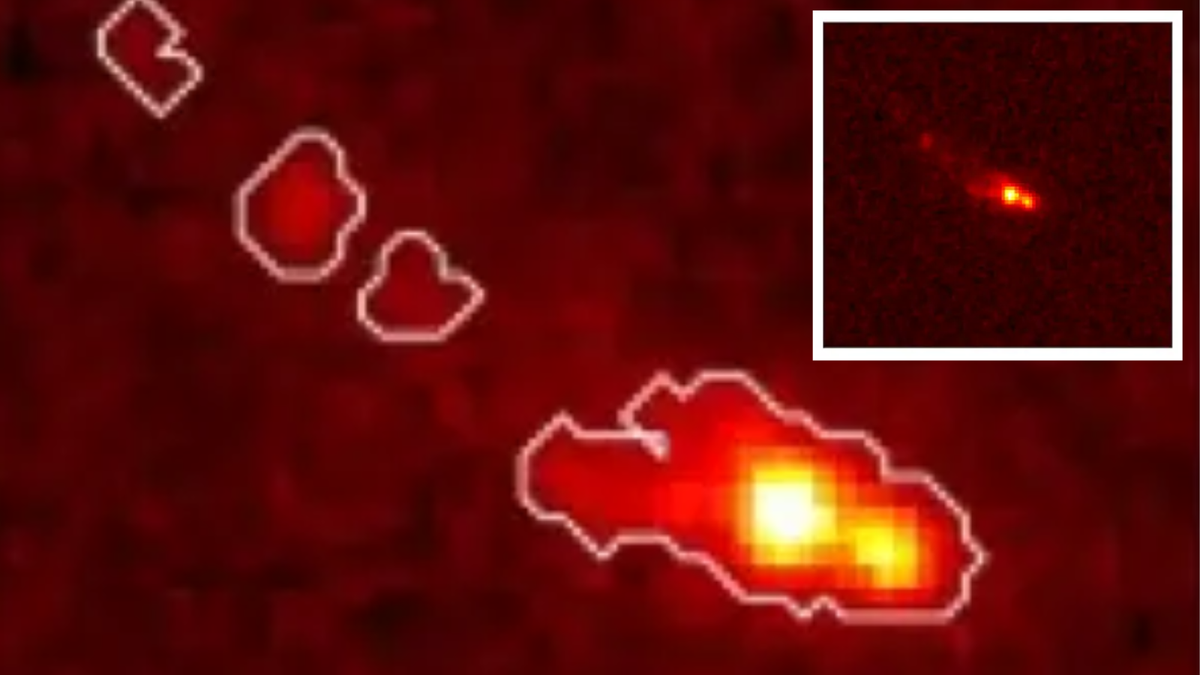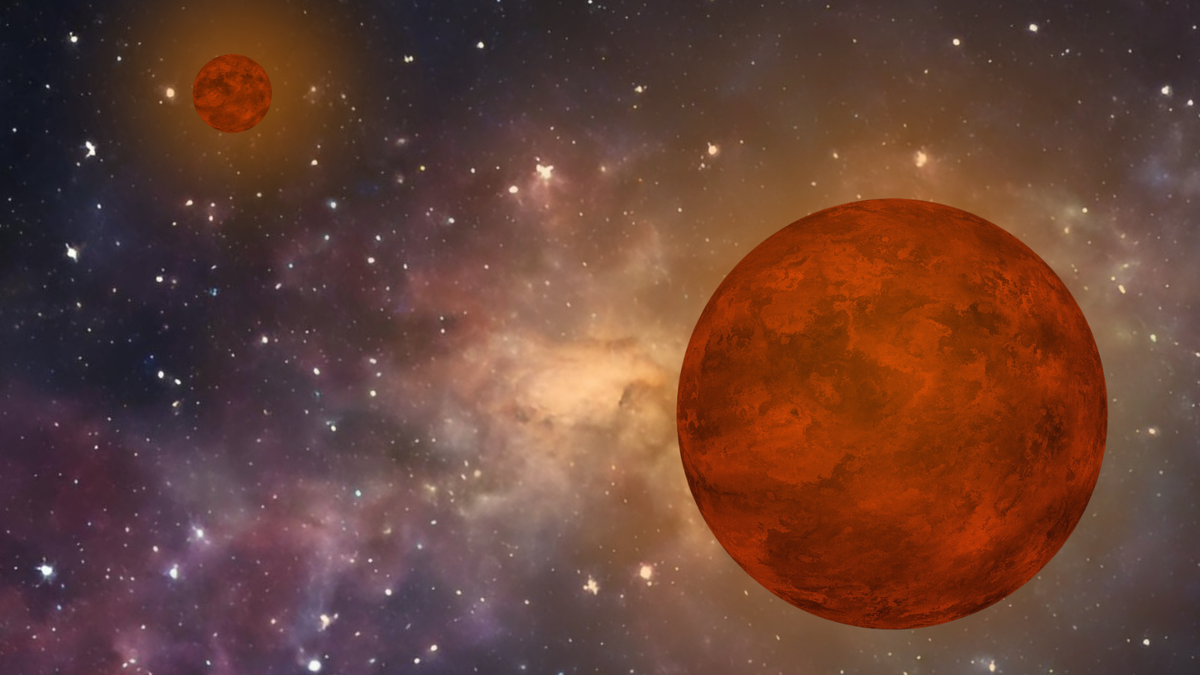Ancient Galaxy Revealed by the James Webb Space Telescope
Recent observations by the James Webb Space Telescope international “Glass” Collaboration have uncovered one of the oldest galaxies ever discovered, known as Gz9p3. This galaxy, spotted just 510 million years after the Big Bang, sheds light on the early stages of the universe’s development. The findings challenge previous assumptions about galaxy formation and hint at a complex history of galactic evolution.
Unveiling an Unexpected Discovery
Gz9p3 defies expectations by appearing far more massive and mature than anticipated for a galaxy in the infant universe. With several billion stars already present during this early era, the galaxy raises questions about the rapid growth of galaxies in the ancient cosmos. The discovery prompts a closer examination of how galaxies evolved and accumulated mass during the universe’s formative years.
Clues to Galactic Origins
The distinctive shape of Gz9p3 suggests a potential history of galactic mergers, with two bright patches indicating dense nuclei formed during a collision of early galaxies. The ongoing merger process is evident in the galaxy’s structure, offering astronomers insight into the mechanisms behind galactic evolution in the early universe. By studying the stellar populations within Gz9p3, researchers can unravel the complexities of ancient galactic interactions.
Insights from Spectroscopic Observations
The Glass collaboration employed spectroscopy to analyze the composition of stars within Gz9p3, distinguishing between young and old stellar populations based on their elemental makeup. By identifying specific elements such as silicon, carbon, and iron in older stars, researchers traced the enrichment of the early universe with metals produced by supernova explosions. These observations provide a glimpse into the rapid star and metal formation processes that characterized the aftermath of the Big Bang.
Implications for Galactic Evolution
The discovery of Gz9p3 challenges existing models of galaxy formation, indicating that galaxies may have grown and evolved more rapidly than previously thought. By highlighting the role of galactic mergers in driving star formation and mass accumulation, Gz9p3 offers a new perspective on the early universe’s dynamic nature. Astronomers are revising their understanding of galactic evolution and adjusting cosmological models in response to these groundbreaking observations.
Reference: Pursuit publication
Image/Photo credit: source url





